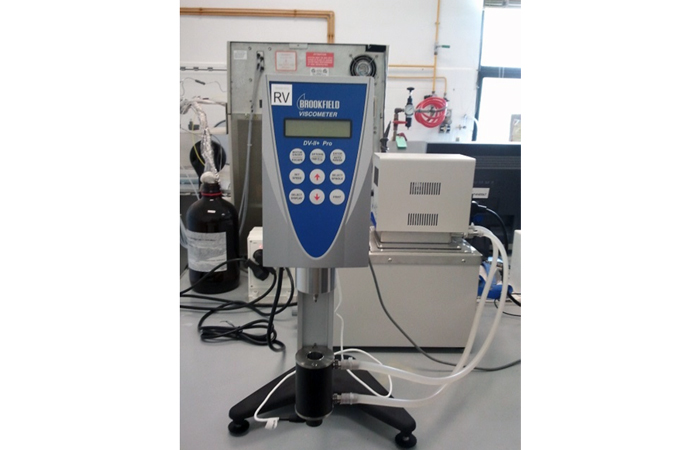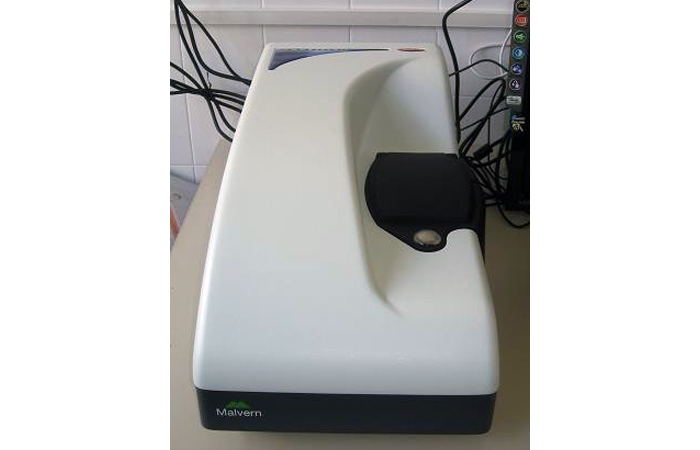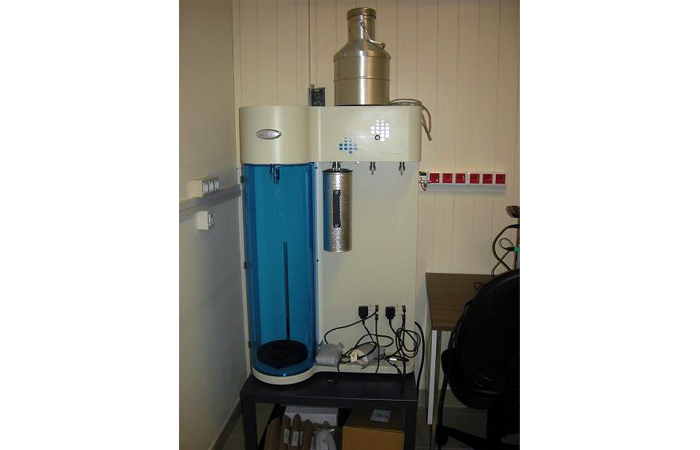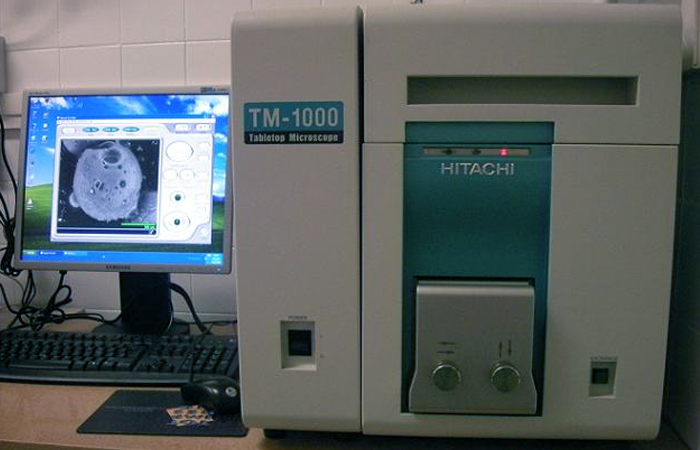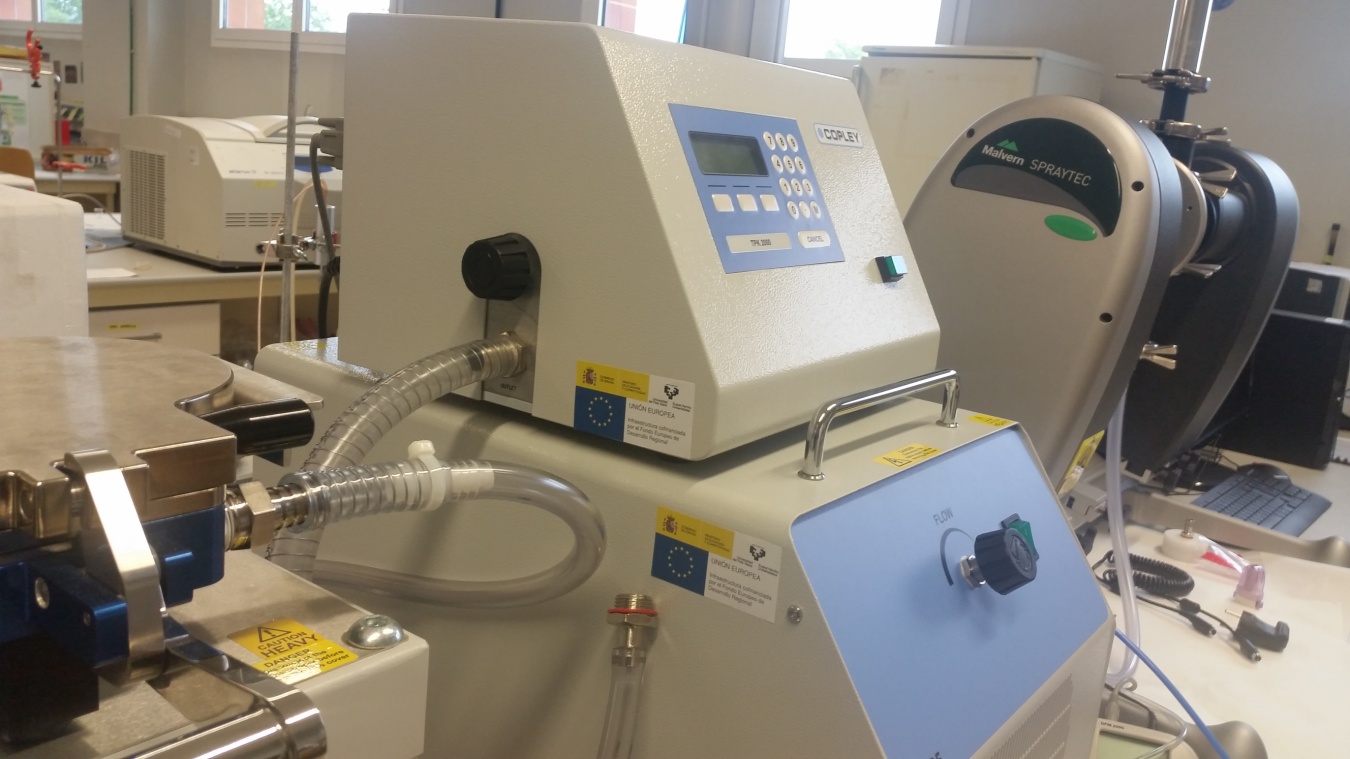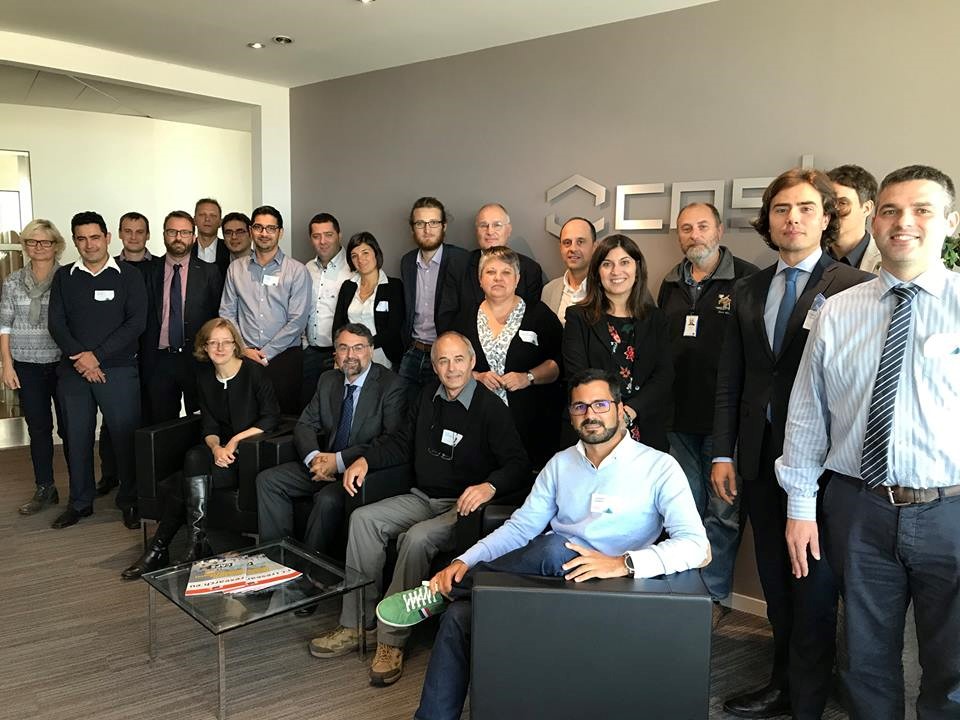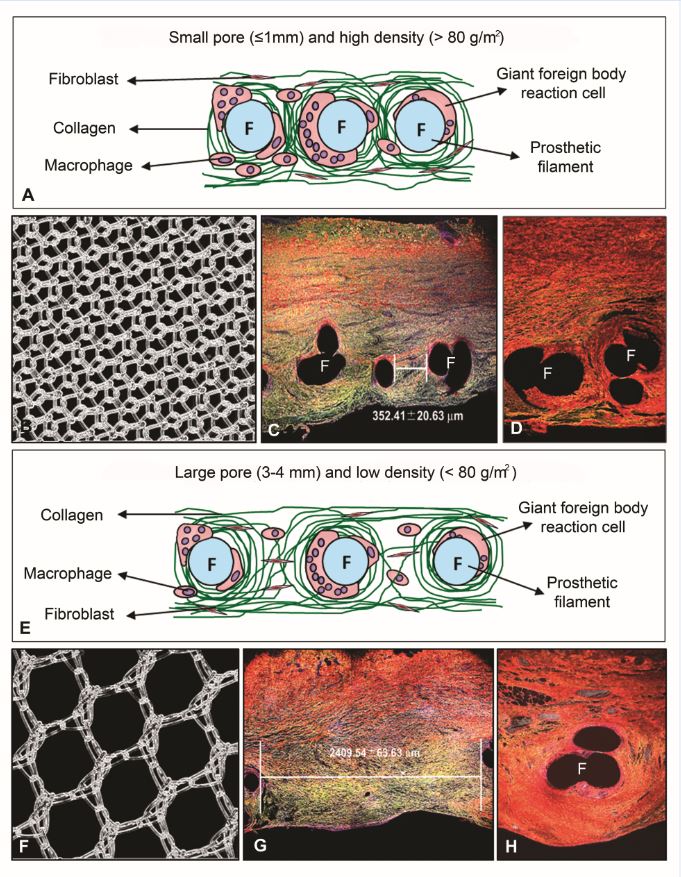U12-E18. Viscosimeter RVDV-II+P (Brookfield)
U12-E18. Viscosimeter RVDV-II P (Brookfield) Description: Applications:
Brookfield viscometer with a wide measurement range from 25 mPa.s to 64 MmPa.s. It is equipped with an accessory (Small Sample Adaptor SSA) for samples of small volume (7-13.5 mL).
Viscosity measurements.
